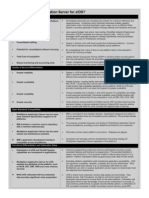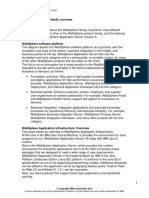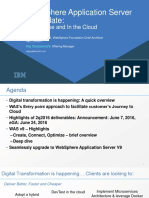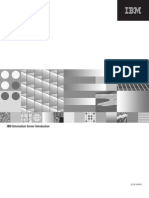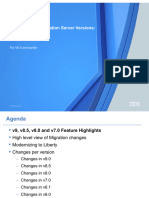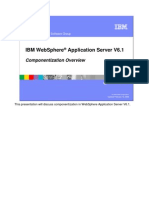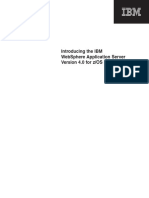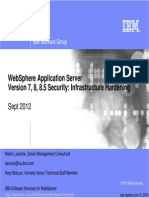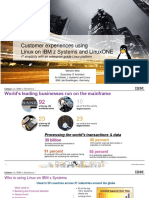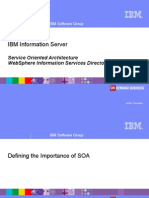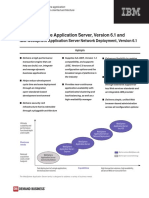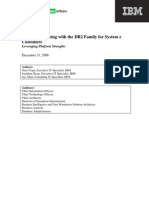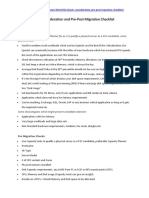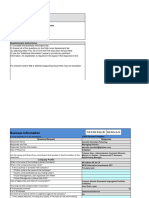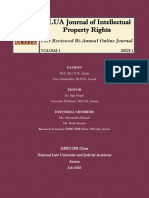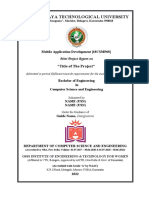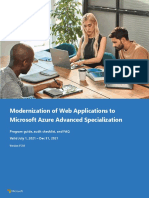0% found this document useful (0 votes)
29 views19 pagesWP102726 - WebSphere Application Server ZOS - Notes
The document outlines a presentation structure for discussing WebSphere Application Server z/OS, tailored for different audiences: Executive Management, Technical Management, and Technical Staff. It emphasizes the strategic and operational interests of each group, detailing aspects such as cost management, performance, security, and the differences between traditional and Liberty runtime models. The document aims to facilitate discussions that align the technology with business goals and operational needs.
Uploaded by
deekshakandlur412Copyright
© © All Rights Reserved
We take content rights seriously. If you suspect this is your content, claim it here.
Available Formats
Download as PDF, TXT or read online on Scribd
0% found this document useful (0 votes)
29 views19 pagesWP102726 - WebSphere Application Server ZOS - Notes
The document outlines a presentation structure for discussing WebSphere Application Server z/OS, tailored for different audiences: Executive Management, Technical Management, and Technical Staff. It emphasizes the strategic and operational interests of each group, detailing aspects such as cost management, performance, security, and the differences between traditional and Liberty runtime models. The document aims to facilitate discussions that align the technology with business goals and operational needs.
Uploaded by
deekshakandlur412Copyright
© © All Rights Reserved
We take content rights seriously. If you suspect this is your content, claim it here.
Available Formats
Download as PDF, TXT or read online on Scribd
/ 19
